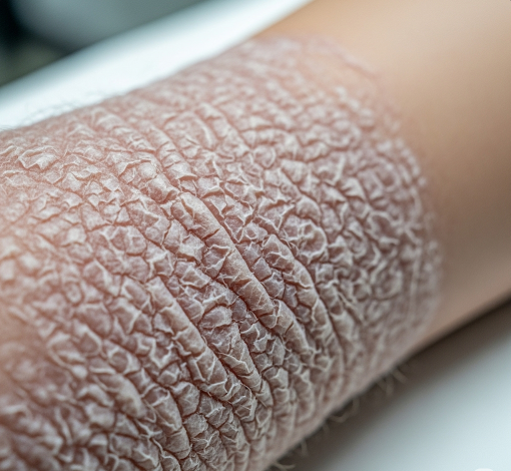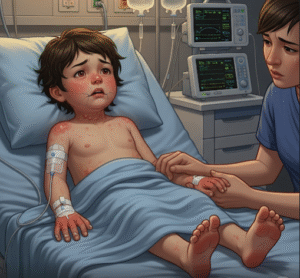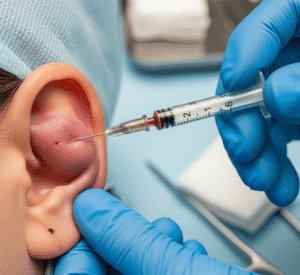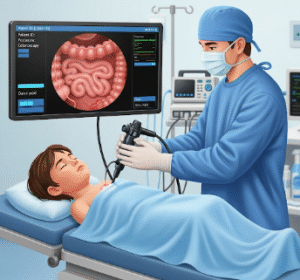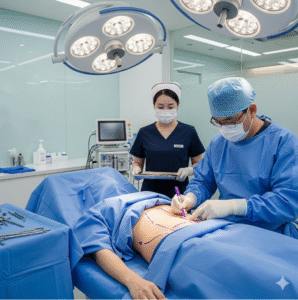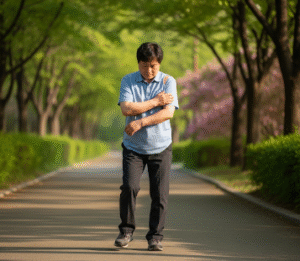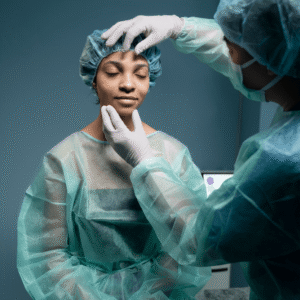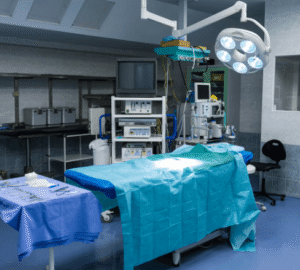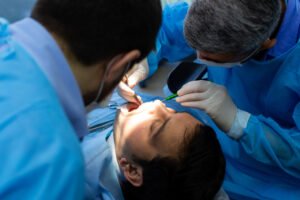Overview
Ichthyosis Vulgaris is a common genetic skin disorder characterized by dry, scaly skin that resembles fish scales. The condition results from mutations affecting the skin’s ability to shed dead cells properly, leading to a buildup of thick, flaky patches. In Korea, dermatology clinics and specialized skin treatment centers offer advanced diagnosis and treatment for Ichthyosis Vulgaris, using both medical therapies and skin care innovations to manage symptoms effectively.
What is Ichthyosis Vulgaris?
Ichthyosis Vulgaris is a hereditary keratinization disorder that typically appears in early childhood and can persist throughout life. It occurs due to mutations in the filaggrin (FLG) gene, which plays a critical role in maintaining the skin barrier and retaining moisture. While it is usually mild, the condition can become more noticeable in cold, dry climates.
Symptoms
- Dry, scaly skin (especially on arms, legs, and trunk)
- Fine white or gray scales
- Itching and skin discomfort
- Thickened skin on palms and soles
- Exacerbation during winter months
- Sparing of skin folds (such as underarms and groin)
Causes
- Genetic mutation in the FLG gene (inherited in an autosomal semi-dominant pattern)
- Reduced production of filaggrin protein, leading to impaired skin hydration
- Occasionally associated with other conditions like atopic dermatitis
Risk Factors
- Family history of Ichthyosis Vulgaris
- Cold and dry climates
- Coexisting skin conditions (eczema, allergies)
Complications
- Chronic itching and discomfort
- Skin infections due to cracks in dry skin
- Psychological distress from visible skin changes
- Worsening eczema symptoms in patients with atopic dermatitis
Prevention
While genetic causes cannot be prevented, symptoms can be minimized by:
- Daily moisturization with emollients
- Avoiding harsh soaps and hot showers
- Using humidifiers during dry seasons
- Wearing protective clothing in cold weather
Treatment Options in Korea
Diagnosis
- Detailed skin examination by a dermatologist
- Family history assessment
- Skin biopsy (rarely needed) to confirm diagnosis
- Genetic testing for FLG mutation in complex cases
Medical Treatments
- Emollients & Moisturizers – Creams and ointments containing urea, lactic acid, or glycerin to hydrate skin
- Topical Keratolytics – Agents like salicylic acid to remove excess scaling
- Topical Retinoids – For more severe scaling
- Topical Corticosteroids – If inflammation or eczema coexists
Surgical or Advanced Therapies
- No surgical treatment; focus is on long-term skin management
- Phototherapy – Narrowband UVB therapy in selected cases for severe dryness
Rehabilitation and Support
- Patient education on lifelong skin care routines
- Counseling for children and families on coping with visible skin changes
- Support groups and dermatology follow-up for chronic management
Top Hospitals or Clinics in Korea
- Severance Hospital – Dermatology Department – Known for genetic skin disorder expertise
- Samsung Medical Center – Skin Clinic – Offers advanced moisturizing therapies and phototherapy options
- Seoul National University Hospital – Dermatology – Specializes in rare and hereditary skin conditions
- Asan Medical Center – Dermatology Division – Provides customized treatment plans for lifelong skin management

